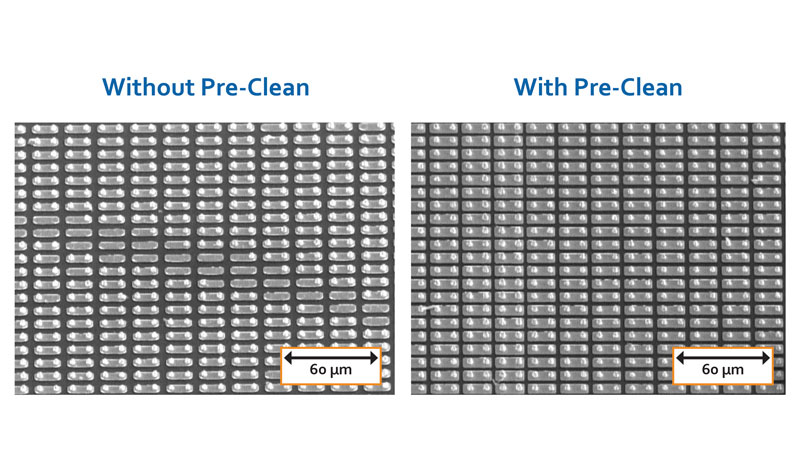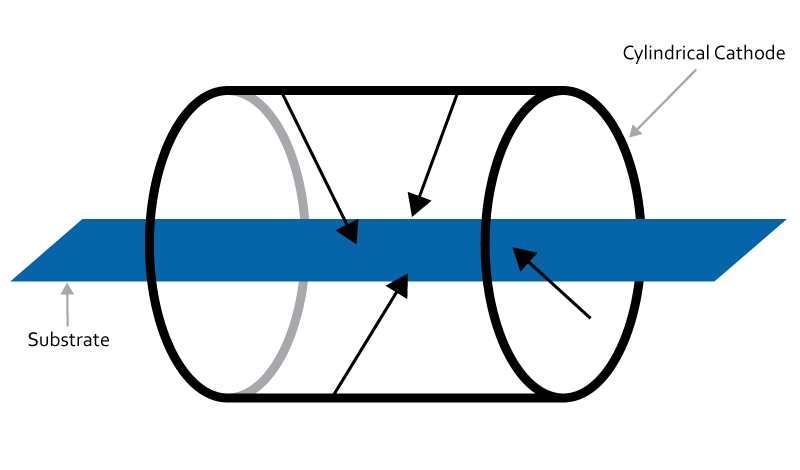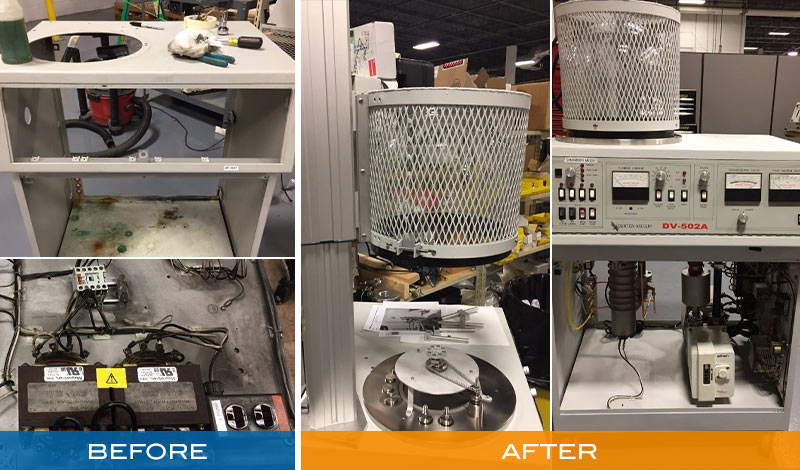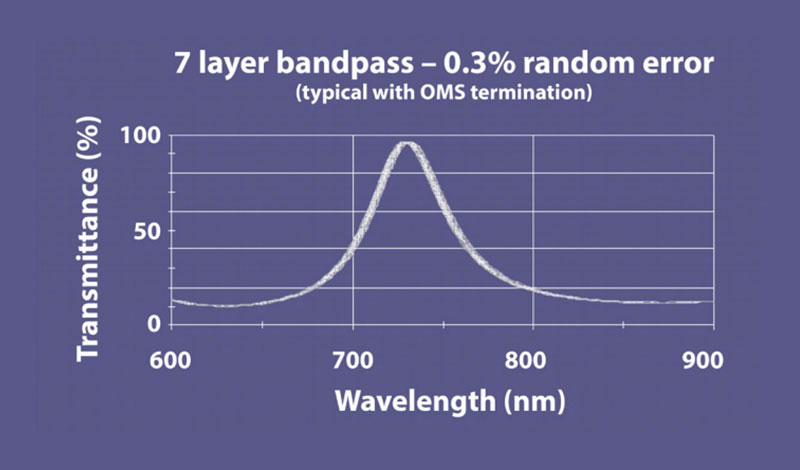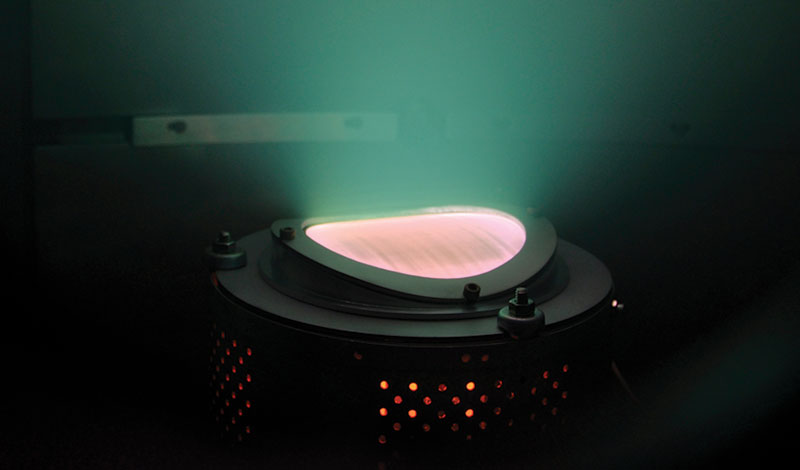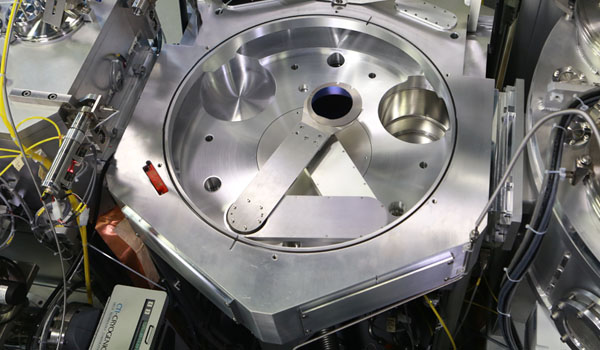Posted on
Medical devices often require thin film coatings to optimize performance and longevity, while also ensuring patient safety. Because these devices often feature unique properties compared to “normal” substrates, such as a completely curved or flexible structure, they have challenging thin film deposition process requirements. Magnetron sputtering with an inverted cylindrical cathode is one thin film… Read More



